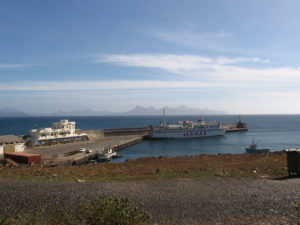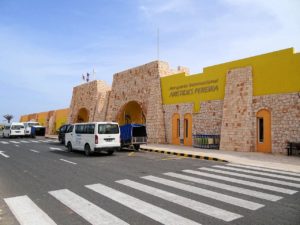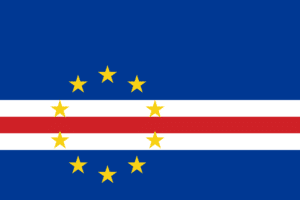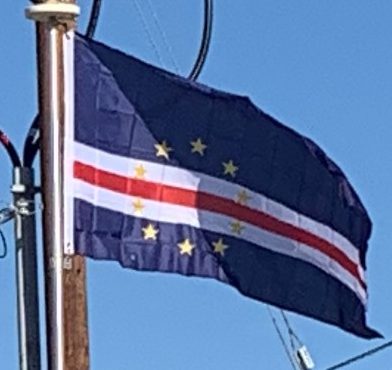The major ports are Mindelo and Praia, but all other islands have smaller port facilities. In addition to the international airport on Sal, airports have been built on all of the inhabited islands. All but the airports on Brava and Santo Antão enjoy scheduled air service. The archipelago has 3,050 km (1,895 mi) of roads, of which 1,010 km (628 mi) are paved, most using cobblestone.
The country’s future economic prospects depend heavily on the maintenance of aid flows, the encouragement of tourism, remittances, outsourcing labor to neighboring African countries, and the momentum of the government’s development program.
Transportation:
There are four international ports: Mindelo, São Vicente; Praia, Santiago; Palmeira, Sal; and Sal Rei, Boa Vista. Mindelo on São Vicente is the main port for cruise liners and the terminus for the ferry service to Santo Antão.

Praia on Santiago is a main hub for local ferry services to other islands. Palmeira on Sal supplies fuel for the main airport on the island, Amílcar Cabral International Airport, and is important for the hotel construction taking place on the island. Porto Novo on Santo Antão is the only source for imports and exports of produce from the island as well as passenger traffic since the closure of the airstrip at Ponta do Sol. There are smaller harbors, essentially single jetties at Tarrafal on São Nicolau, Sal Rei on Boa Vista, Vila do Maio (Porto Inglês) on Maio, São Filipe on Fogo and Furna on Brava. These act as terminals for the inter-island ferry services, which carry both freight and passengers. The pier at Santa Maria on Sal used by both fishing and dive boats has been rehabilitated.
There were seven operational airports as of 2014 — 4 international and 3 domestic. Two others were non-operational, one on Brava and the other on Santo Antão, closed for safety reasons.

Due to its geographical location, Cabo Verde is often flown over by transatlantic airliners. It is part of the conventional air-traffic route from Europe to South America, which goes from southern Portugal via the Canary Islands and Cabo Verde to northern Brazil.
International airports in Cabo Verde:
Amílcar Cabral International Airport, Sal Island
Nelson Mandela International Airport, Santiago Island
Aristides Pereira International Airport, Boa Vista Island
Cesária Évora Airport, São Vicente Island
João dos Santos Airport, CPV
Flag of Cabo Verde:
The National Flag of the Republic of Cabo Verde has five unequal horizontal bands of blue, white, and red, with a circle of ten yellow five-pointed stars. The topmost blue stripe is half the width of the flag. Each of the three stripes of white and red are one-twelfth of the width, and the bottom blue stripe is one quarter. The circle of stars is centered on the red stripe and positioned three-eighths of the length of the flag from the hoist side.

The 10 stars on the flag represent the main islands of the nation (a chain of islands off the coast of West Africa). The blue represents the ocean and the sky. The band of white and red represents the road toward the construction of the nation, and its colors stand for peace (white) and effort (red). The circle of yellow stars on a dark blue field is similar to the flag of Europe (which has 12 stars instead of 10). The width of the stripes are in a 6:1:1:1:3 ratio and the circle of stars is centered ?3/8 along the fly.
